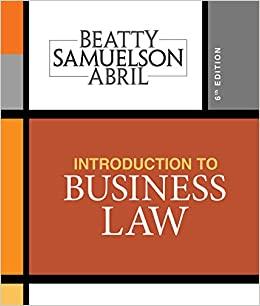




Hello tutors.i need your help here pleases help me
{e} Suppose the I agents have expected, dismounted quadratic utilities of the form 2 \"itiiil = %E (gnu-5W3: at?) = _% Z 5l{E}F[-}[$i(} _ all: t EE'D 00111th HIE qlflilibl'imn prime 35 a function of the aggregate output to = Bari and of the parameters 45, {:9 L1, of the preferences. What is unusual in this mole? Id) Using the result of question {b}, Show that the equilibrium of an economy with quadratic utilities as in (e) is CPD. If you were asked to do a proof that generically the equilibrium of a Tperiod economy with T 3.:- 2 is not CPD, how would you parameterize the family of economies that you consider? \f4. {20) Consider the standard growth model in discrete time. There is a large number of identical households normalized to 1. Each household wants to maximize lifetime discounted utility truce\") = Zena}, 5 e um i=1} Each household has an initial capital kg 12* D at time 0, and one unit of productive time in each period that can be devoted to work. Final output is produced using capital and labor, according to a production function, F, which has the standard properties discussed in class, most notably, it is increasing in both arguments and exhibits CRS. This technology is owned by rms {Whose measure does not really matter because of the CRS assumption]. Output can be consumed {q} or invested (it). Households own the capital {so they make the investment decision}, and they rent it out to rms. Let 5 E {l}, 1} denote the depreciation rate of capital. Households own the rms, i.e., they are claimants to the rms1 prots, but these prots will be zero in equilibrium. The function is also has the usual nice properties, which I will not spell out here since you will not need them explicitly. In this economy there is a government that collects taxes and {for simplicity} throws the tax revenues into the ocean. The government can implement one of the following two alternative taxation systems, let us call them System A and System B. System A is a proportional tax, T E [I], 1], on agents1 capital income. In other words, if the government implements System A, it collects a fraction 1' of all the income that agents earn by renting out their capital to rms. System B is a proportional tax, T E [0,1], on agents\" investment. In other words, if the government implements System B, it collects a fraction '3' of all the resources that agents choose to allocate into investment. 1 {a} 'Write down the problem of the household. recursively, under both taxation systems. Pay special attention to the budget constraints. These constraints will not be the same under the two specica tions. Also, notice that I am not asking you to dene a ROE in detail; just state the representative agent's problem within a ROE environment. {b} Describe the steady state equilibrium capital stock under taxation System A, for any given 1' E [D, 1]. Denote this object by K; {T}. Part A 1. (a) For a single country, derive a sufcient condition to obtain Pareto gains under partied reform of tariffs, comparing one tariff vector t\" to another ti, while using lump sum transfers to compensate consumers. {b} Now consider a group of countries i**1,...,C, forming a customs union. State a sufficient condition {from Kemp and Wan) for each of these countries to gain from the customs union, and for the rest of the world to be no worse off: Now show how this condition meets the criterion that you derived in part (a). (c) Suppose instead that the countries i=1... .,C, form a ea trade area. What is the difference between a free trade area and a customs union? Now state a sufcient condition (nm Krishna and Panagariya} for each of these countries to gain from the free trade area, and for the rest of the world to be no worse off. Show how this sufcient condition meets the criterion that you derived in part (a).
















